Indian Summer Festival Part 1

(Left to Right) Georgia Straight columnist Charlie Smith moderates, Orijit Sen, Michael Nicholl Yahgulanaas goes barefooted, and David Wong.
By Imelda Nurwisah, VAFF Executive Member.
It was a wonderful evening of storytelling at the Indian Summer Festival as artists from Indian, Pakistani, Chinese and Aboriginal* backgrounds shared their common experiences of struggle and triumph to a packed audience. Through comics, television, and the written word, the artists on July 9th have made difficult subject matter easily accessible for youth and the mainstream public.
In Artpolitik, a panel of graphic novelists comprised of David Wong (architect by day and graphic novelist of the comic Escape to Gold Mountain) Michael Nicholl Yahgulanaas (multimedia painter, sculptor, and graphic novelist of RED – A Haida Manga, and Orijit Sen (activist and one of India’s first graphic novelists whose works include River of Stories and a 7-storey mural housed in the Virasat-e-Khalsa museum, playfully referred to at ISF as From Punjab, with Love.
As a 5th generation Canadian, David Wong wanted to discuss the challenging and taboo topic of racism during 19th and 20th century Western Canada. Escape to Gold Mountain tells the story of discrimination that Chinese immigrants faced as newcomers to North America as experienced by the Wong family. Through this graphic novel and continuous community dialogue, the author wanted to be able to show younger generations and new immigrants the way life used to be and to not take for granted rights and freedoms that seem so intrinsic now to Canadian society. In reality, those rights and privileges are still not equally distributed today.
In reading RED, the format of Michael Nicholl Yahgulanaas’ story is central to understanding and enjoying the graphic novel. The 108 pages of geometric Haida and Japanese Ukiyo-e style drawings can be deconstructed and reorganized to create 18 panels of a larger mural. Michael encourages the audience to take the book apart and see the overarching design that drives and breathes underneath the story of RED, a boy whose tragic childhood loss compels him to seek vengeance as a village leader. What motivated Michael to design thiscomic-mural was how it took the large, unwieldy scale of the mural and made it into something as accessible and childish as a comic, as handheld as a page within a book. RED breaks down something formal and monumental and gives people access points to humanize and informalize an Aboriginal story. “Representations of Aboriginal people in Canada are superficial,” said Michael during the panel, citing that Aboriginal peoples are depicted either as savages or as creators of monumental art. This simultaneous marginalization and reverence denies Aboriginal people the right to simply be human.
Orijit Sen’s passion has always been to draw despite his parents’ best efforts to trick him into a career in medicine (“You’ll get to do a lot of anatomical drawings…” he recalls being told). Around the time that River of Stories was published in 1994, Joe Sacco’s Palestine (1996) came to great acclaim enabling the genre of graphic journalism to finally be taken seriously. As one of India’s first graphic novelists, Orijit remains a fierce political activist, ensuring his works always contain historical, social and political components and are more than mere entertainment. Orijit continues to bring political and social awareness to the world through People Tree which he founded withhis partner, Gurpreet Sidhu and the Pao Collective, a small group of five of India’s most innovative comic artists today. Despite his critical acclaim, Orijit’s books are difficult to come by in North America and the audience was treated to images from his recent Imposters exhibit and yet unpublished graphic novel Karnama on 15th century illiterate poet Kabir.
*In using this term the author intends to describe diverse aboriginal peoples of Canada including Inuit and Métis people.
To read the second part of this article click here



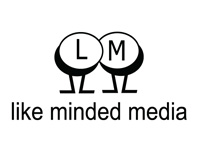







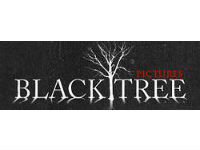



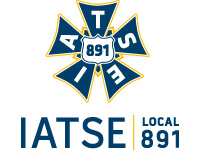

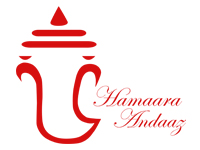




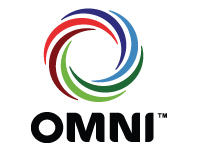




Follow Us!